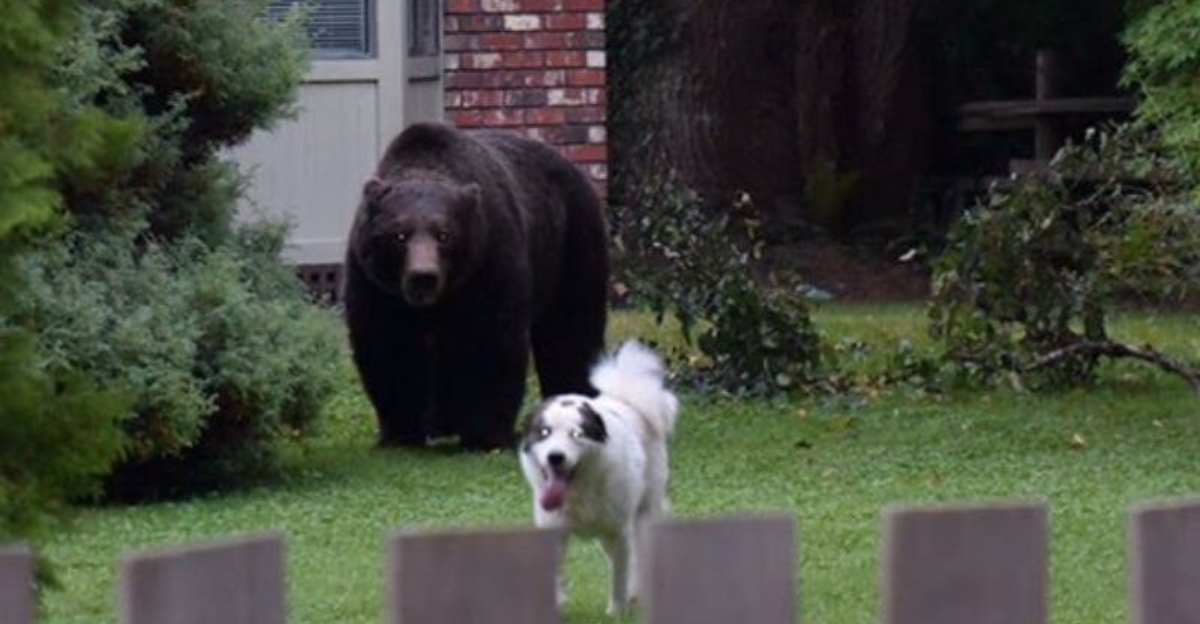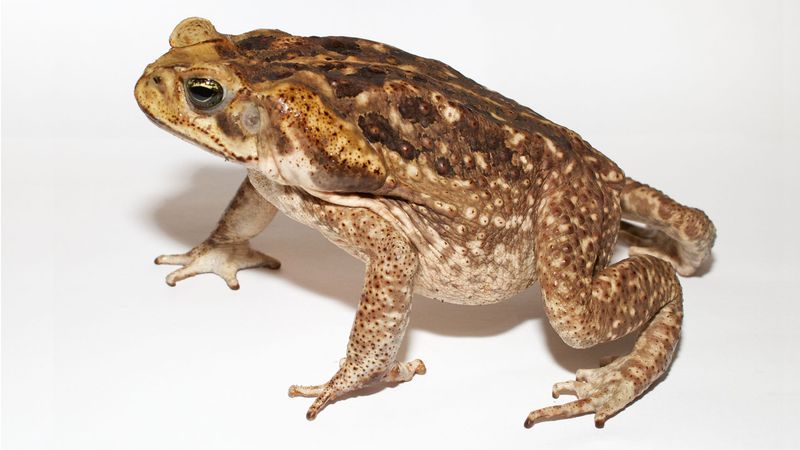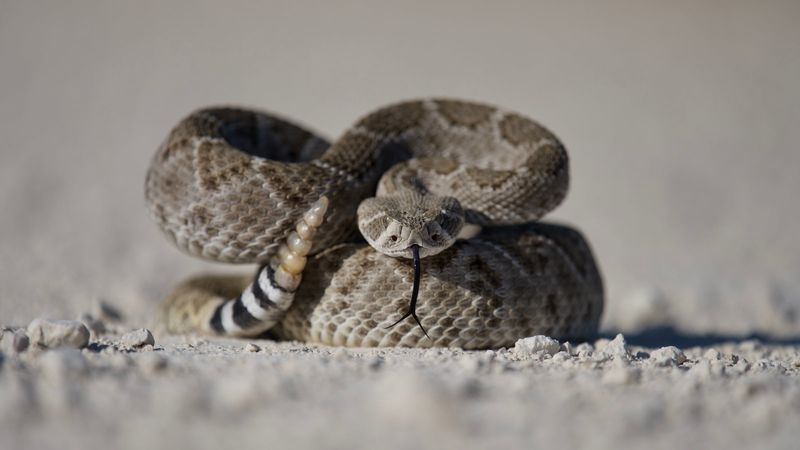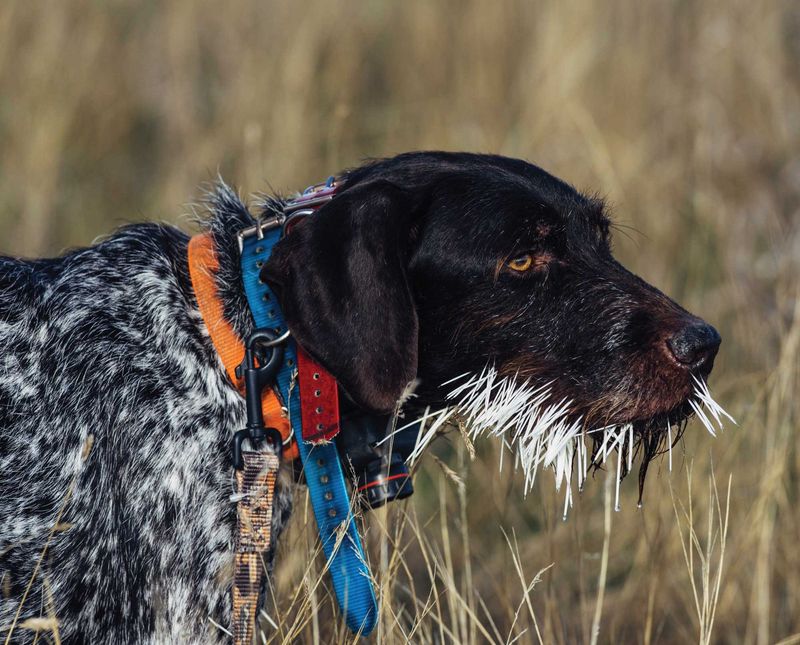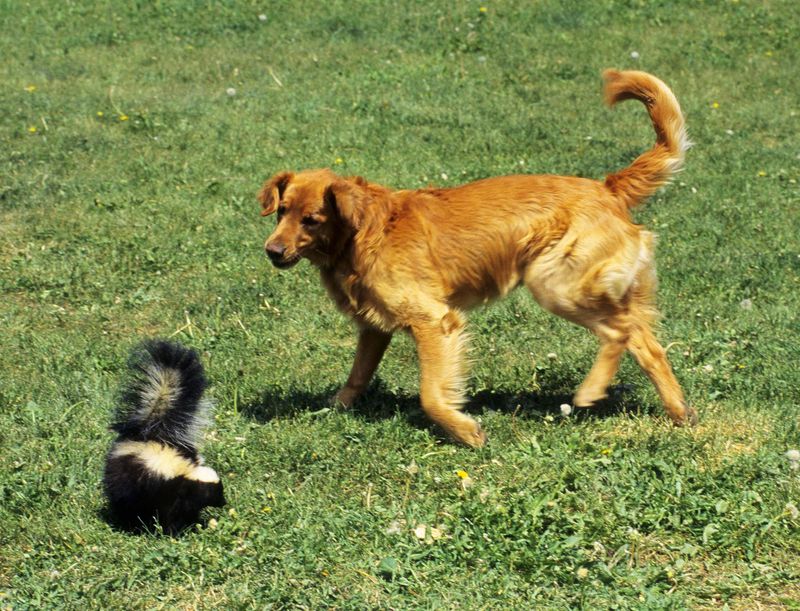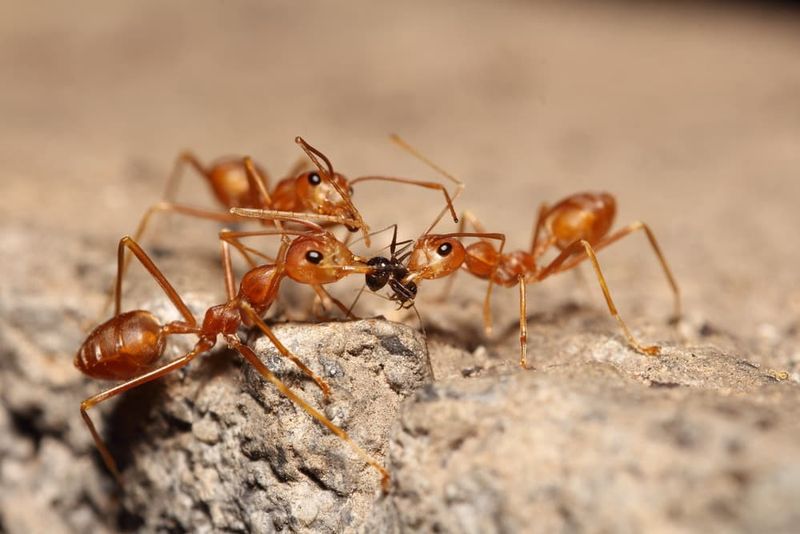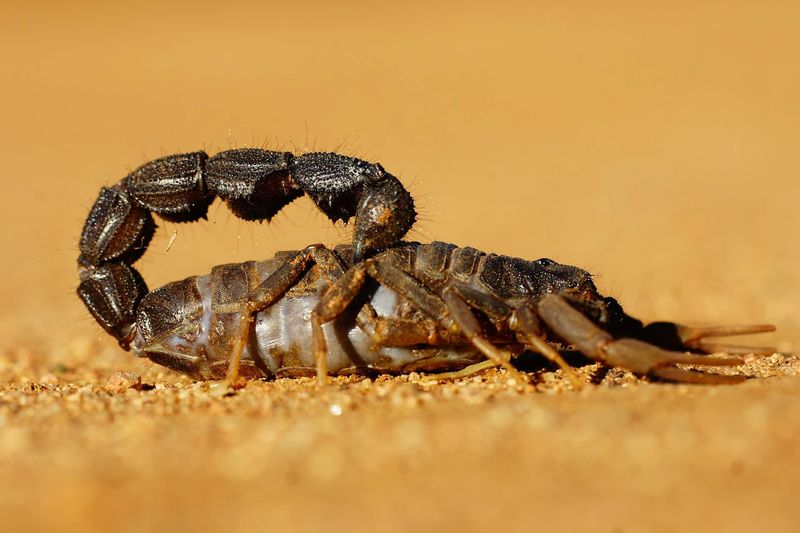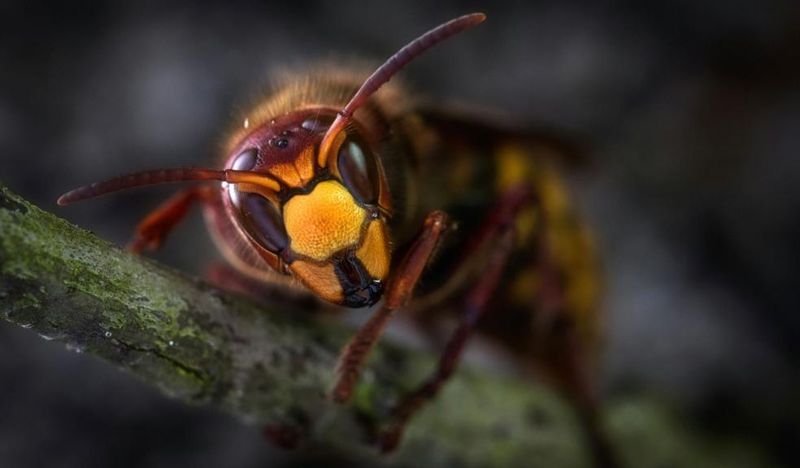For dog owners, knowing which creatures pose a threat to their furry companions is crucial. This guide will highlight 13 specific animals that should be avoided to ensure the safety and well-being of your pet. While some may seem harmless, they can cause serious harm or even life-threatening situations for your dog. By staying informed and vigilant, owners can better protect their beloved pets from hidden dangers. Let’s explore these creatures and understand why they should be kept off your radar.
Cane Toad
In the vibrant rainforests, the Cane Toad reigns as a deceptive monarch. These amphibians may appear harmless, yet they harbor a toxic secret. Their skin secretes a potent toxin capable of causing severe reactions in dogs.
When curious pups encounter these toads, even a playful lick can lead to poisoning. Symptoms often include excessive drooling, seizures, and even cardiac arrest if not treated promptly.
Did you know? Originally from Central and South America, Cane Toads were introduced to control pests but became pests themselves. Dog lovers, beware of these bumpy adversaries!
Rattlesnake
In the scorching deserts and arid landscapes, the Rattlesnake lies in wait. Recognizable by its rattling tail, this reptile is not to be underestimated. A single bite can inflict significant harm on your canine friend.
Painful swelling, hemorrhaging, and even organ damage may occur if a dog is bitten. Swift medical intervention is essential to combat the effects of the venom.
These serpents, with their distinctive warning sounds, are a reminder to tread carefully. For the safety of your pet, listen and steer clear when you hear that ominous rattle!
Jellyfish
The ocean’s ghostly dancers, Jellyfish, are as mesmerizing as they are dangerous. Their tentacles, though delicate, pack a painful punch for unsuspecting dogs frolicking in the waves.
Contact can lead to intense stinging, allergic reactions, and even respiratory distress in severe cases. In some parts of the world, their presence is seasonal, yet always unwelcome.
Did you know? Some jellyfish can still sting even when washed ashore. So, whether at sea or on sand, always keep an eye out for these translucent nomads!
Coyotes
With a reputation as uncanny opportunists, Coyotes roam the fringes of both wild and urban areas. Known for their adaptability, these canids can pose a significant threat to domestic dogs.
Coyotes may attack if they perceive a canine as potential prey or a threat. This often occurs during twilight hours when they are most active.
Despite their elusive nature, encounters are not uncommon, especially in suburban settings. Keep your furry companion close and supervised to avoid unwanted interactions with these clever prowlers.
Porcupine
The Porcupine, nature’s walking pincushion, is best admired from afar. Their quills, designed for defense, can cause painful injuries to curious dogs.
Once embedded, these barbed spines are not only painful but difficult to remove. They can lead to infections if not treated by a professional.
With their nocturnal habits, Porcupines often go unnoticed until it’s too late. For your dog’s safety, keep them close on evening walks and always be vigilant in wooded areas.
Skunk
The Skunk, with its signature black and white coat, is infamous for its pungent defense. When threatened, it unleashes a noxious spray that can cause discomfort to dogs.
This spray can lead to temporary blindness, irritation, and an overpowering odor that lingers. Bathing a sprayed dog is a task most pet owners dread.
With their nocturnal habits, Skunks are often encountered unexpectedly. To avoid this aromatic misfortune, keep dogs leashed, especially at night, to steer clear of these odorous mammals.
Fire Ants
Though small in stature, Fire Ants possess a mighty sting. These industrious insects can swarm quickly, delivering painful bites to unsuspecting dogs.
Each sting releases venom that causes intense burning sensations, swelling, and potential allergic reactions. Dogs may suffer from these bites if they unknowingly disturb an ant mound.
In many regions, Fire Ants are a persistent pest. For outdoor lovers, check your surroundings and ensure your pet avoids these fiery foes to prevent painful encounters.
Alligators
In the American South, Alligators rule the waterways with a prehistoric presence. These formidable reptiles can pose a grave threat to dogs venturing too close to water’s edge.
With powerful jaws and swift movements, an alligator can strike with little warning. Dogs, often curious, may not recognize the danger until it’s too late.
For pet safety, always maintain a safe distance from water bodies known to harbor alligators. This cautious approach can prevent a potentially fatal encounter with these ancient predators.
Mountain Lions
In the rugged terrains of the western U.S., Mountain Lions, or cougars, prowl with a regal air. These solitary hunters can pose a risk to dogs, especially in rural or mountainous areas.
Their stealth and power make them formidable hunters, capable of taking down prey larger than themselves. A dog may inadvertently attract their attention while exploring these terrains.
To safeguard your pet, avoid dawn and dusk walks in known Mountain Lion habitats. Vigilance is key to preventing encounters with these majestic yet dangerous felines.
Hawks
High in the sky, the Hawk circles with keen eyes, a master of aerial surveillance. For small dogs, these raptors can pose an unexpected danger.
Swooping down with precision, hawks may mistake small pets for prey. This risk is particularly high in open fields or rural settings.
To protect your miniature companions, supervise outdoor activities and provide sheltered play areas. Awareness and caution can help prevent these high-flying predators from becoming a threat.
Scorpions
In the arid deserts, Scorpions roam as nocturnal hunters. Their stings, while rarely fatal, can cause immense pain and distress to dogs.
The venom can lead to localized swelling, weakness, or even breathing difficulties. Dogs exploring unfamiliar terrain may unwittingly disturb these hidden creatures.
In known Scorpion habitats, exercise caution during outdoor excursions. Knowing their hiding spots and keeping your furry friend close can minimize the risk of an agonizing encounter.
European Hornets
Among the buzzing insects, European Hornets stand out with their formidable size and striking colors. These social insects can become aggressive if disturbed.
Their stings deliver potent venom, potentially causing allergic reactions in dogs. When threatened, they may swarm, leading to multiple stings and increased danger.
Gardeners and outdoor enthusiasts should be cautious of nests in trees or eaves. Keeping pets away from these areas can prevent painful encounters with these buzzing threats.
Bears
In the vast wilderness, Bears are both revered and feared. While generally reclusive, they can pose a significant threat if surprised or provoked by dogs.
Their sheer size and strength make them formidable opponents. Dogs may bark or chase, triggering a defensive reaction from the bear.
For hiking enthusiasts, ensure dogs are leashed and noise is made to announce your presence. This precaution can prevent unwelcome encounters with these majestic yet potentially dangerous creatures.
